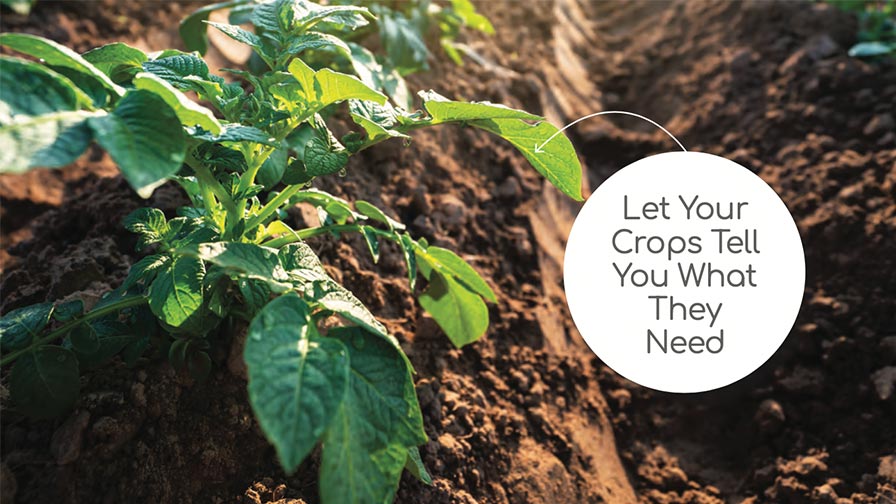Variety Is the Key To Success in Growing Hydroponic Radishes

Radishes are a popular vegetable, grown for their enlarged fleshy taproot. Several different types of radishes are grown commercially, including spring, summer, and winter radishes. However, the most popular type of radish in the U.S. is the spring or table radish. Spring radishes are commonly produced outdoors in fields. But there are opportunities in the greenhouse, too.
Radishes are a promising crop for controlled environments. We found that producing radishes in plug trays filled with regular soilless substrate and grown using subirrigation is an effective and efficient way to produce a high-quality radish crop inside a greenhouse. Growing radishes hydroponically in the greenhouse provides a few advantages over field production. Quality can improve through regular irrigation, reducing cracking damage that would render a radish unmarketable. Additionally, minimizing stress by managing light, air temperature, water, and fertilizer can help radishes maintain a balanced flavor. Finally, the planting density in cell trays can be much greater compared to field spacing.
Unlike popular hydroponic crops such as lettuce, tomato, cucumber, or pepper, radishes do not have cultivars bred specifically for growing in controlled environments. As a result, radish cultivars developed for field production must be used for hydroponic production in controlled environments — but which will do best? Our objective was to quantify the productivity of a broad selection of commonly available spring radish cultivars grown in soilless production systems in greenhouses.
Materials and Methods
Twenty-seven radish cultivars were obtained from a variety of commercial vegetable seed suppliers, including Johnny’s Selected Seeds, NESeed, Rispens, Rupp, Seedway, and Siegers. Seeds were sown in 72-cell plug trays filled with a commercial soilless substrate and covered with a light covering of coarse vermiculite. After seeding, trays were moved into a glass-glazed greenhouse with a constant air temperature setpoint of 68°F and a target daily light integral of 12 mol∙m–2∙d–1.
Seeded trays were placed into one of two identical flood tables, with interior dimension measuring 36 inches W × 72 inches L × 7.4 inches H. Trays were initially hand-irrigated to saturation with clear water immediately after planting. Flood tables were flooded every other morning for the first two weeks, every morning for the third week, and in the morning and afternoon in the fourth week. Each flood tray had a 40-gallon reservoir filled with a solution consisting of tap water amended with 15-5-15 Cal-Mag (Peters Excel; ICL Specialty Fertilizers, St. Louis, MO) providing 150 ppm nitrogen.
Four weeks after seeds were sown, the research team collected data. Washed radishes were graded by hypocotyl diameter according to USDA grading standards. Additionally, radishes without swollen hypocotyls or those that were unmarketable due to deformity, cracks, or other factors were recorded as per USDA standards. The leaves were excised at the top of the radish and the fresh weight was recorded for each of the USDA grade categories.
For more, continue reading at GreenhouseGrower.com.









